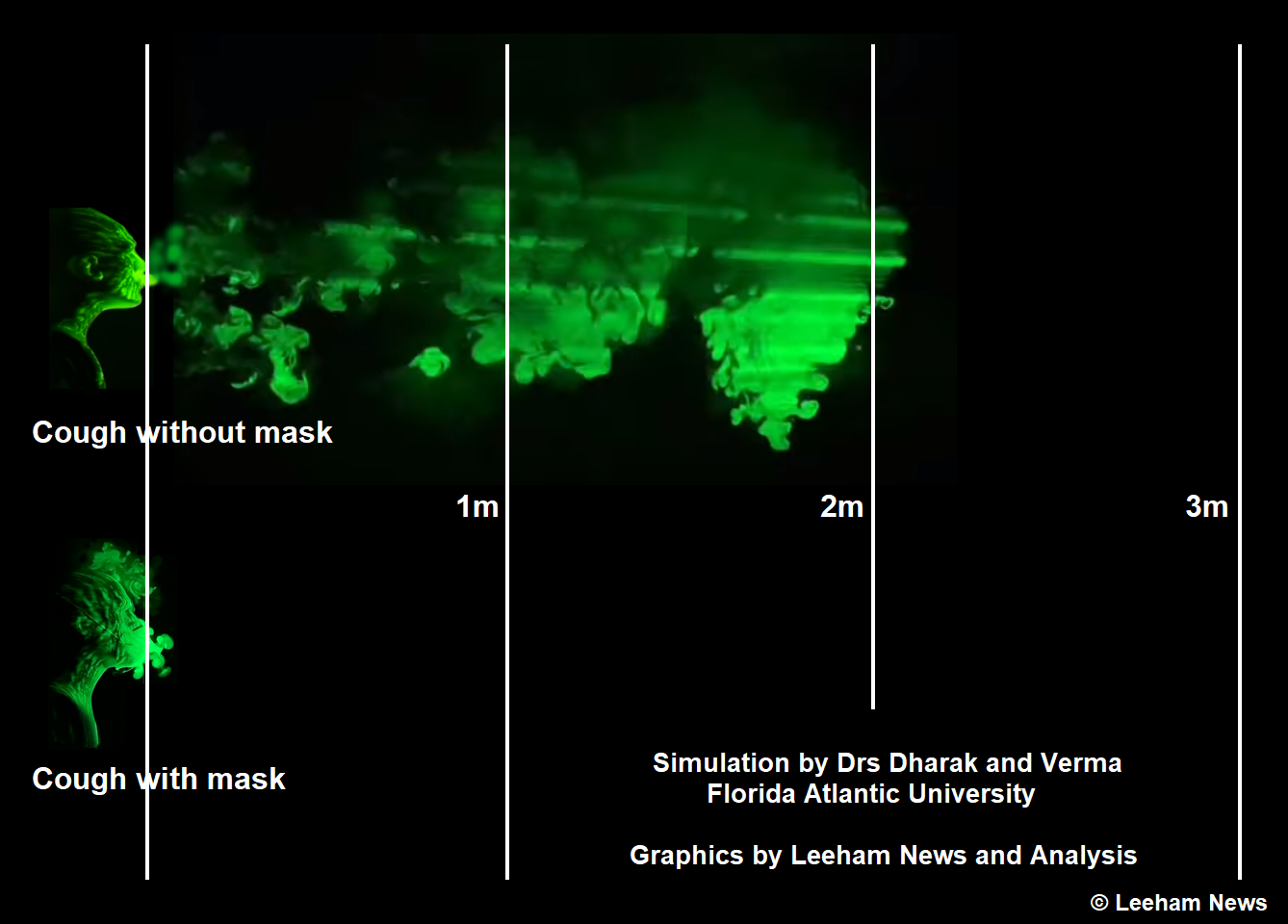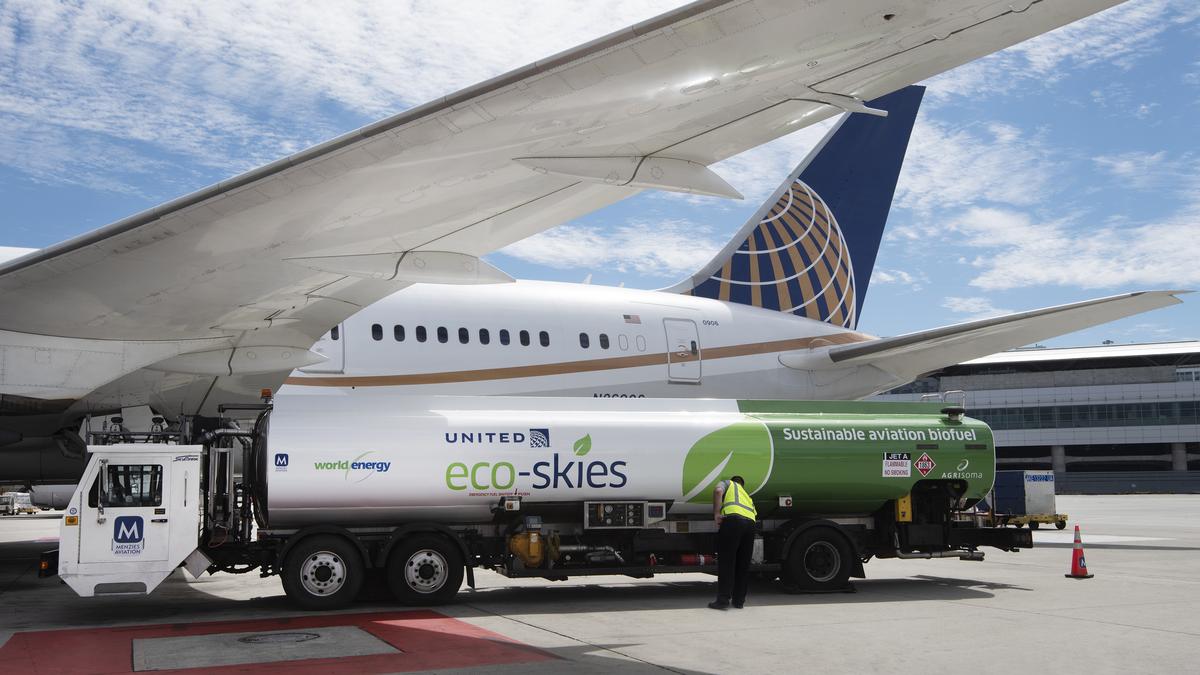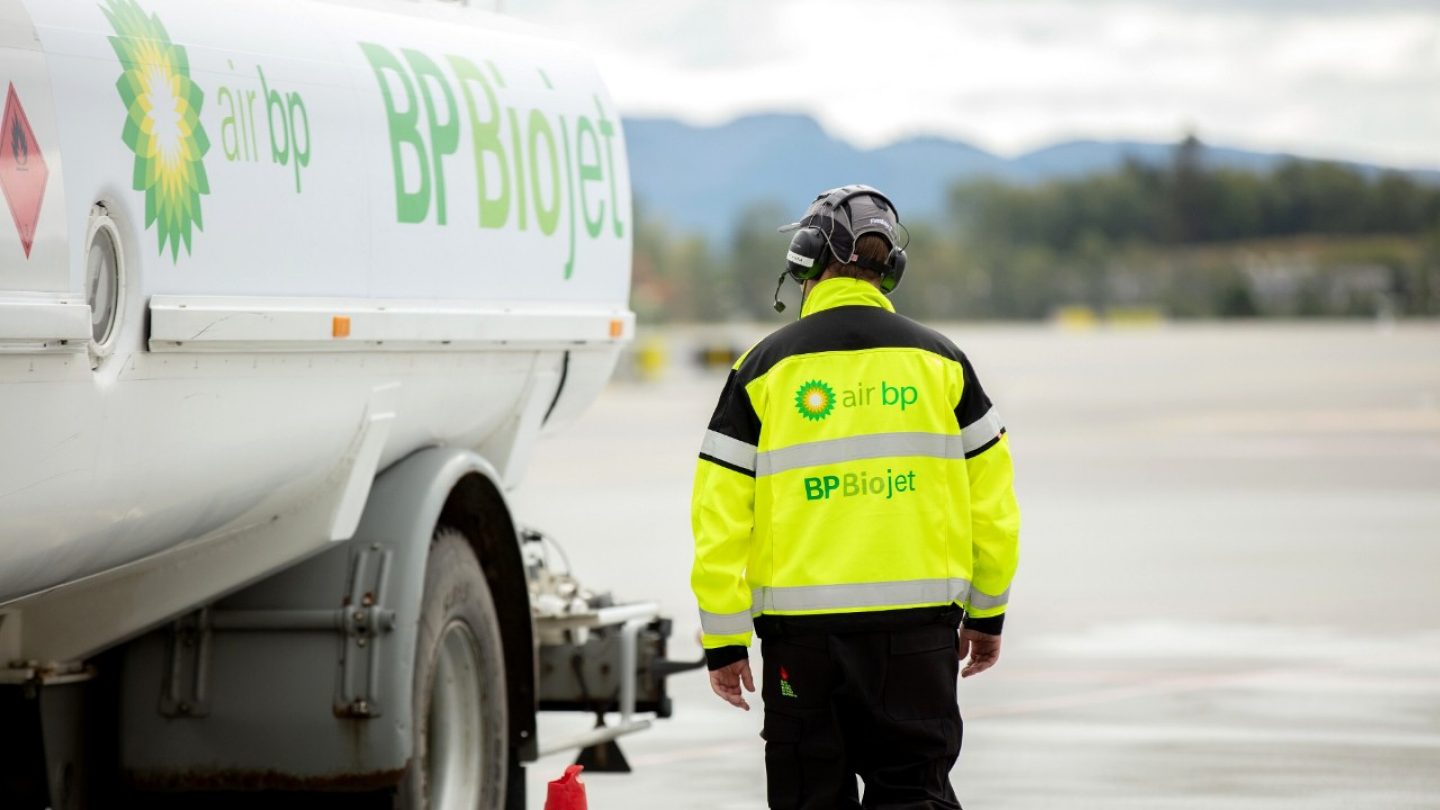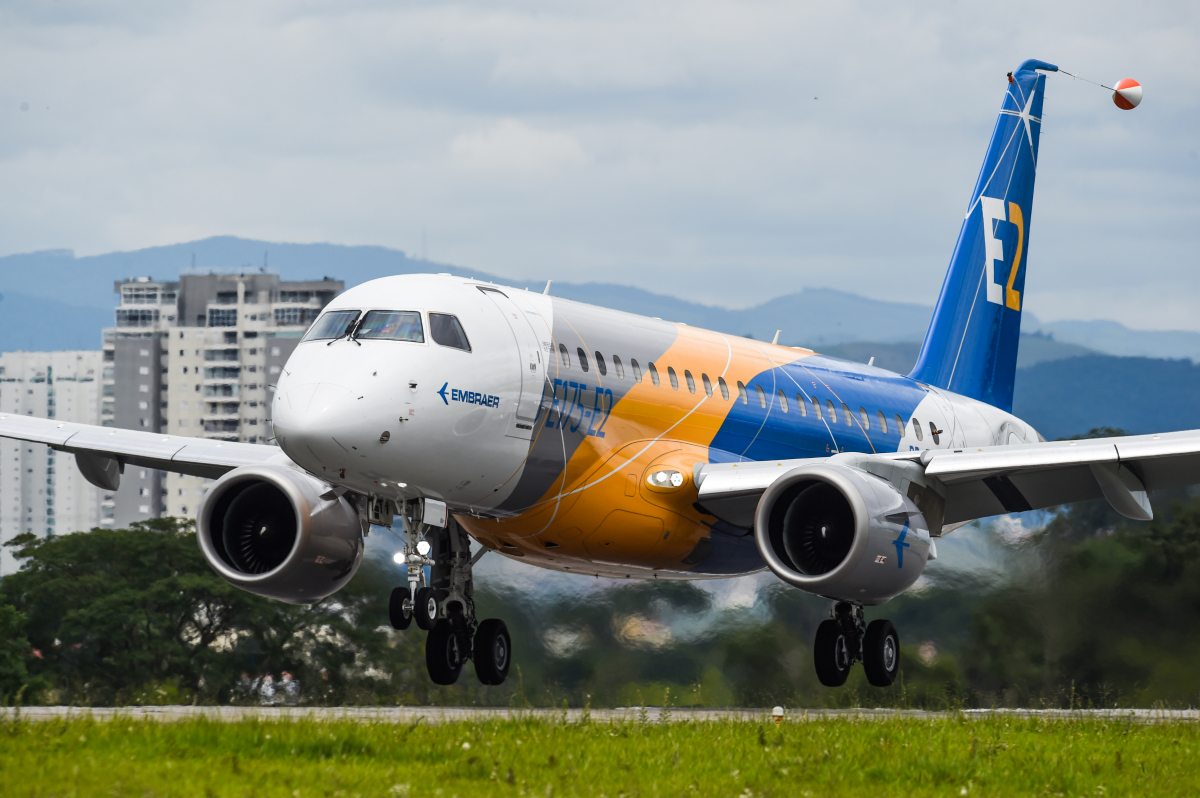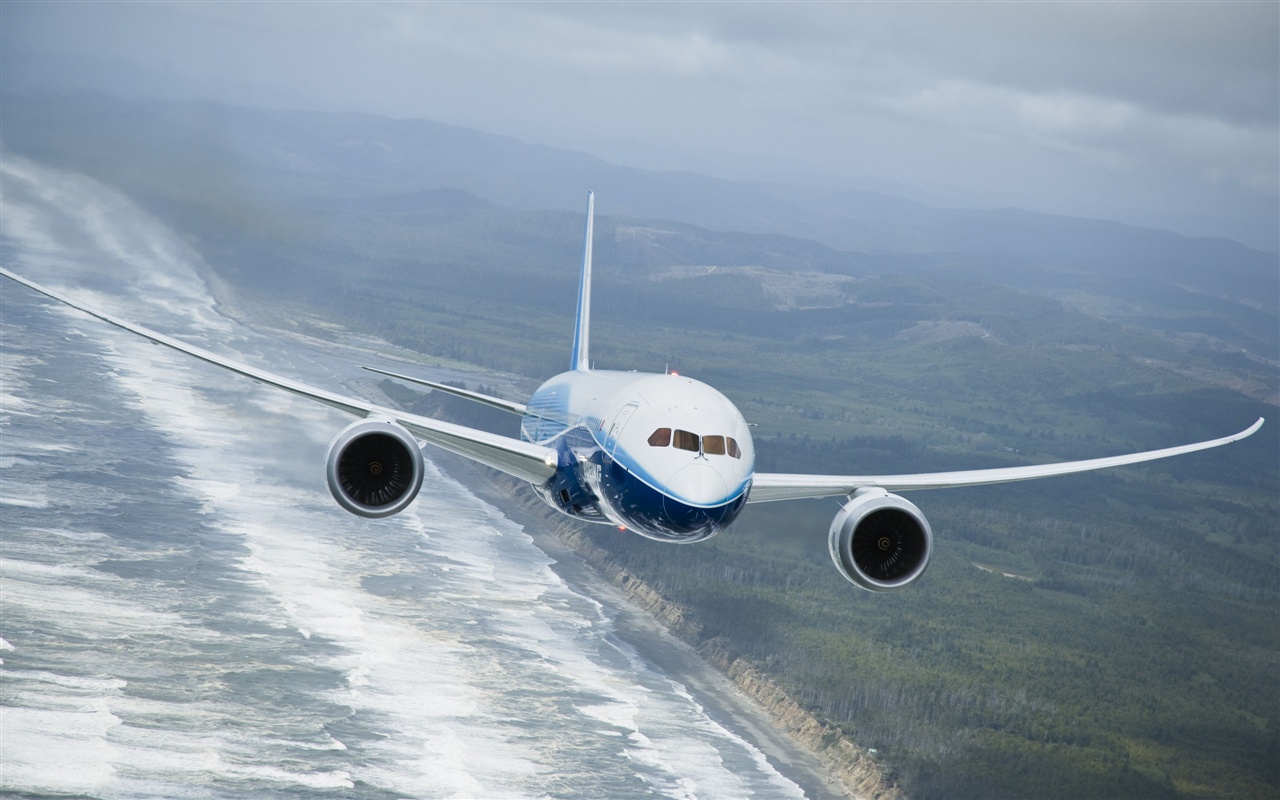Leeham News and Analysis
There's more to real news than a news release.
Bjorn’s Corner: Can I get COVID-19 in airline cabins? Part 1.
May 8, 2020, ©. Leeham News: In our Corner series, we now dig into this important subject: Is my probability of getting infected with the COVID-19 virus higher in an airliner cabin than in other places?
We look at simulations of how the virus travels when we breathe/cough and how the virus load propagates in an airliner cabin. Then we talk about infection probabilities compared with other environments.
Bjorn’s Corner: Why e in ePlane shall stand for environment, Part 19. ICAO CORSIA.
April 24, 2020, ©. Leeham News: Before we wrap the series about technologies that can help us reduce the environmental footprint of air transport, we describe what the ICAO emissions scheme CORSIA is, its goals, and comment on its importance.
Bjorn’s Corner: Why e in ePlane shall stand for environment, Part 18. Low hanging fruit.
April 17, 2020, ©. Leeham News: We continue the summary of the series why e in ePlane should be more about environment focus than electric aircraft.
Last week we summarized the high hanging fruit technologies pursued presently, now we continue with the low hanging fruit.
Bjorn’s Corner: Why e in ePlane shall stand for environment, Part 17. High hanging fruit.
April 10, 2020, ©. Leeham News: We have since December 13, discussed why e in ePlane should not stand for electric and covered a lot of areas explaining why electric aircraft or hybrids are not the best way to environmentally friendly air transport.
We now recap what we learned and then wrap the series.
Bjorn’s Corner: Why e in ePlane shall stand for environment, Part 16. Bio fuels.
April 3, 2020, ©. Leeham News: In this week’s Corner, we go deeper into bio-based carbon-neutral fuels. We described the two variants of bio-based and synthetic alternative fuels last week and gave an overview of the pros and cons of synthetic fuel.
Now we dig deeper into bio-based airliner jet fuels, an already existing carbon-neutral fuel type.
Bjorn’s Corner: Why e in ePlane shall stand for environment, Part 15. Carbon-neutral fuels.
March 27, 2020, ©. Leeham News: In this week’s Corner, we analyze the use of carbon-neutral fuels for airliner use.
Almost all variants of carbon-neutral fuels have the “drop-in” advantage, they can replace our regular jet fuel in a mixed capacity or entirely with none or minimal changes to our present aircraft and their engines.
It’s a big subject, and I will use the next Corners to explain the key alternatives, their production process, and what benefits and problems they bring.
Bjorn’s Corner: Why e in ePlane shall stand for environment, Part 14. Parallel Hybrid.
March 20, 2020, ©. Leeham News: In this week’s Corner, we continue our analysis of what it means for a regional airliner to go from Turbofan propulsion to Hybrid Electric propulsion. Last week, we looked at a Serial Hybrid.
Now we analyze a Hybrid where the electric power applies in parallel with the gas turbine power.
Bjorn’s Corner: Why e in ePlane shall stand for environment, Part 13. Serial Hybrid.
March 13, 2020, ©. Leeham News: In this week’s Corner, we address an often forgotten aspect of Electric and Electric-Hybrid aircraft design.
The battery as an energy source, as the only or assisting source, has the same weight during the whole flight. A fuel (alternate, fossil, or hydrogen) consumes during the flight. You gradually fly a lighter aircraft. Let’s see how this affects the aircraft’s efficiency.
Bjorn’s Corner: Why e in ePlane shall stand for environment, Part 11. More electric aircraft.
February 28, 2020, ©. Leeham News: We now look at technology developments that make sense, and can deliver real improvements in the near future.
We start in this Corner with what more electric aircraft and engines can bring.
Bjorn’s Corner: Why e in ePlane shall stand for environment, Part 9. Hydrogen, cont.
February 14, 2020, ©. Leeham News: Last week we started looking at hydrogen as an alternative energy source for our air transport system. We discussed the use of hydrogen as a direct fuel replacement to jet fuel, burning the hydrogen in the combustor of the aircraft’s turbofans.
Hydrogen works fine as a fuel for the turbofan but it has challenges in its onboard storage, it’s handling and production. Good reader discussions followed around those problems. Now we look at hydrogen as a fuel in a fuel cell/electrical motor propulsion system.


